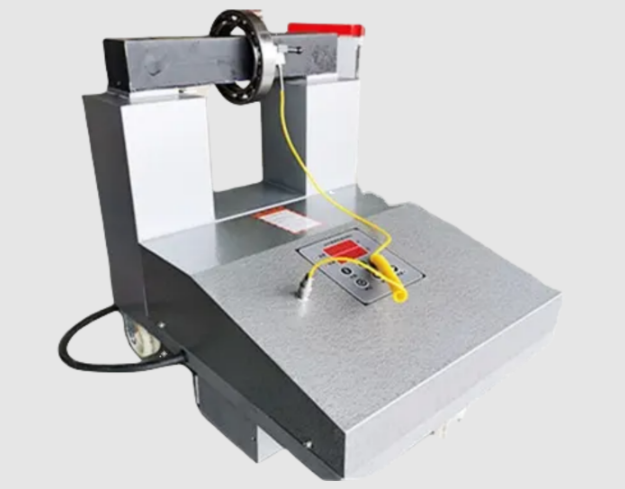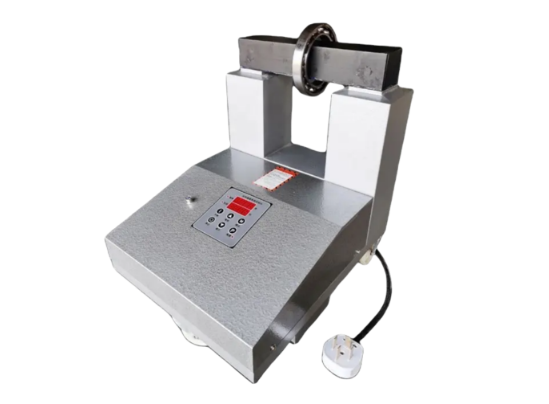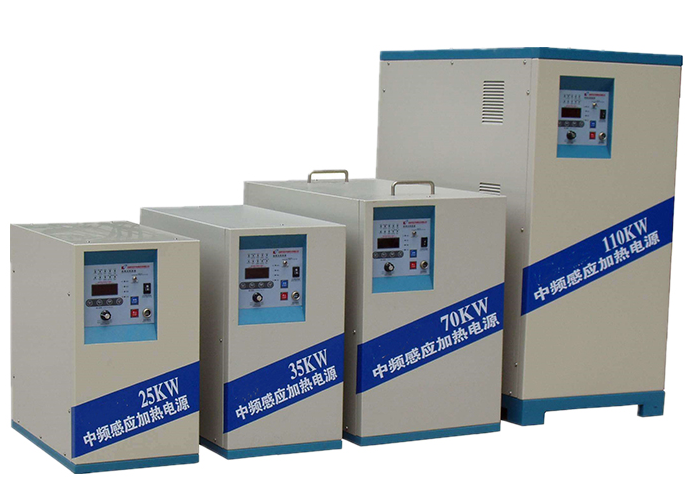Frequency and basic definition
Intermediate-frequency (IF) furnace: Converts mains AC (typically 50 Hz) into a higher alternating frequency—commonly in the range of roughly 300 Hz up to about 10 kHz—using rectifiers and inverter stages.
High-frequency (HF) furnace: Operates at much higher frequencies, typically 100 kHz to 500 kHz (and sometimes higher), placing it in the radio-frequency (RF) range.
Heating characteristics and penetration depth
Frequency strongly affects how electromagnetic energy penetrates metal (the skin effect):
IF furnace: Lower frequency → greater penetration depth. Effective hardening (or heat-affected) depth for IF ranges approximately 2–10 mm, making IF suitable for applications that require relatively deep heat treatment or bulk heating.
HF furnace: Higher frequency → shallower penetration. Effective hardening depth for HF is typically about 0.5–2 mm, which is ideal for surface hardening, thin-section heating, and very localized treatments.
Because HF heating concentrates energy near the surface, it produces very fast surface heating and short heat cycles; IF heating warms deeper and more uniformly but with slower surface ramp rates.
Melting capacity and typical uses
IF furnace: Suited to a wide melting range — from small crucibles up to very large melts. IF systems can melt anywhere from a few kilograms to multiple tons (even tens of tons), so they are widely used for steel, cast iron, and large batches of nonferrous metals in foundries and heavy industry.
HF furnace: Best for small melts and precision work. Typical HF units are used for 1–5 kg melts, precious metals (gold, silver), brazing, soldering, small part brazing/welding, and laboratory applications. HF systems are also prized for surface processes like induction hardening and localized heating.
Process precision and surface quality
HF: Fast, localized heating gives excellent control over surface temperature and short cycle times. Because the heat is concentrated at the surface and exposure time is short, oxidation and scale formation can be minimized, improving surface finish and reducing the need for heavy post-processing.
IF: Produces more uniform heating through a thicker section, beneficial for bulk melting and deep case hardening. However, longer heat exposure may increase oxide formation on the surface if not controlled (fluxes or protective atmospheres are often used in melting).
Equipment complexity, footprint and cost
HF equipment: The power electronics for high frequencies are more demanding — components must handle high switching speeds and RF design considerations. HF generators are usually more compact per unit power but can be more expensive per kW and require careful RF shielding and grounding.
IF equipment: Larger, heavier systems but generally more mature and cost-effective for medium-to-large power ratings. Cooling and transformer/coil design are substantial considerations; IF installations often need more physical space and robust cooling systems.
Efficiency and control
Efficiency depends on load, duty cycle, and power level:
For large melts and continuous heavy work, IF furnaces commonly achieve higher overall economy and lower unit energy cost.
For small, fast jobs or precision surface treatments, HF is typically more energy-efficient due to very fast heating and reduced thermal mass.
In terms of control, both technologies can be integrated with modern closed-loop temperature control and automation systems; HF often enables faster feedback and more tightly focused control on surface temperature.
Typical selection guidance
Conclusion
Both IF and HF induction furnaces have clear strengths. IF excels at deeper heating and large-scale melting; HF excels at surface treatments, precision work, and small high-value melts. The right choice depends on the workpiece size and geometry, required hardening depth, melt mass, production throughput, budget, and the desired level of process control. Consider those factors together — penetration depth, melt capacity, surface quality, and cost profile — when selecting between intermediate-frequency and high-frequency induction heating.






